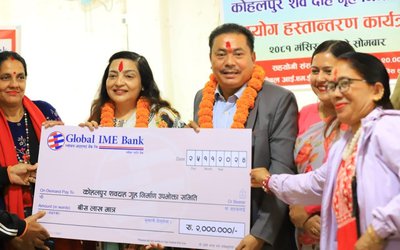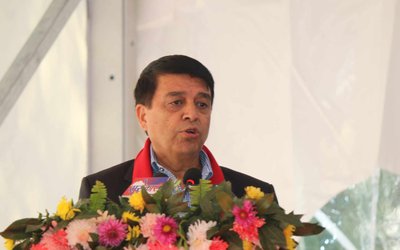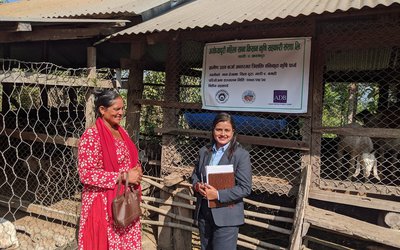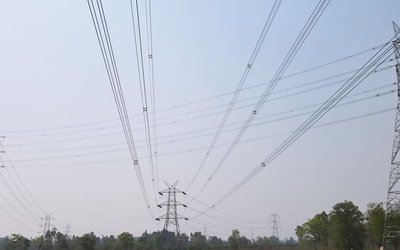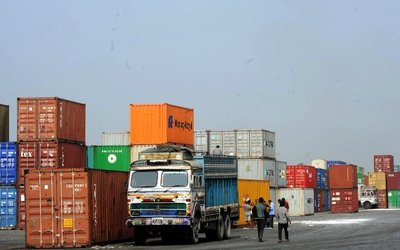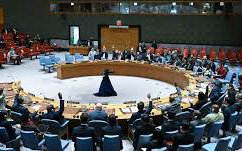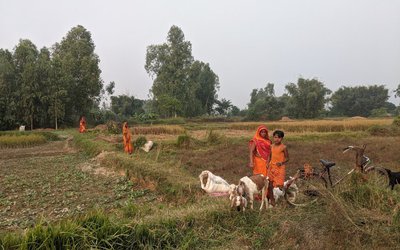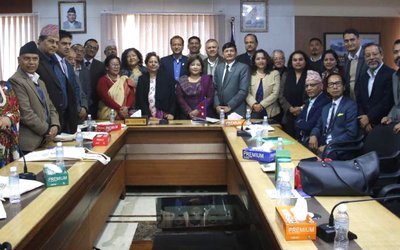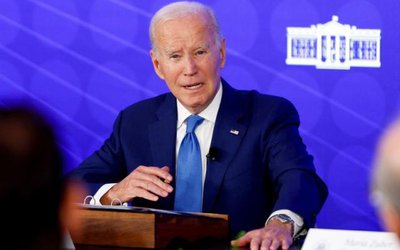
As Nepal’s finance ministry is without full ministers following Dr. Yubaraj Khatiwada, who exited as finance minister after completing his tenure of National Assembly, the World Bank’s recent report shows a bleak picture for Nepal’s economy.
Although Prime Minister KP Sharma Oli is yet to appoint new finance minister to clear the economic mess created by COVID-19 Pandmic, it will not be easy for new finance minister, whoever he or she may come, to bring back Nepal’s economy on the right track.
This is not for the first time Nepal’s economy has seen such a dire scenario. During the peak of Maoist insurgency, Nepal faced negative growth, even without the global pandemic. However, there were many friendly hands to support Nepal during the period.
Nepal’s economy is projected to grow by only 0.6 percent in 2021, inching up from an estimated 0.2 percent in 2020 as lockdowns caused by COVID-19 disrupted economic activity, especially tourism, says the World Bank’s latest South Asia Economic Focus.
The twice-a-year-regional update notes that South Asia is set to plunge this year into its worst-ever recession as the devastating impacts of the pandemic on the region’s economies linger on, taking a disproportionate toll on informal workers and pushing millions of South Asians into extreme poverty.
The report forecasts a sharper than expected economic slump across the region, with regional growth expected to contract by 7.7 percent in 2020, after topping 6 percent annually in the past five years. Regional growth is projected to rebound to 4.5 percent in 2021. Factoring in population growth, however, income-per-capita in the region will remain 6 percent below 2019 estimates, indicating that the expected rebound will not offset the lasting economic damage caused by the pandemic.
In previous recessions, falling investment and exports led the downturn. This time is different as private consumption, traditionally the backbone of demand in South Asia and a core indicator of economic welfare, will decline by more than 10 percent, further spiking poverty rates. A decline in remittance is also expected to accelerate loss of livelihoods for the poorest in some countries.
“The economic consequences of the pandemic and impact on livelihoods across Nepal is expected to be the most acute for informal workers or those without social security or assistance, who are more at risk of falling into extreme poverty,” stated Faris Hadad-Zervos, World Bank Country Director for Maldives, Nepal and Sri Lanka. “Swift action is needed to provide incomes, social protection, and employment to support them. This includes key investment climate reforms to promote physical infrastructure and access to finance for the informal sector to shorten the transition to recovery.”
Informal businesses make up around 50 percent of enterprises in Nepal and are the main source of income for most of the labor force. Within this group, urban informal sector workers and self-employed households in urban areas are more vulnerable than rural households who can fall back on subsistence farming. Most informal firms operate with limited savings, and owners may face the difficult choice of staying home and facing starvation during the lockdown or running their business and risking infection. These scenarios accentuate financial difficulties as well as the spread of COVID-19.
The report urges governments to design universal social protection as well as policies that support greater productivity, skills development, and human capital. In that effort, securing international and domestic financing will help governments fund crucial programs to speed up recovery. In the long term, digital technologies can play an essential role in creating new opportunities for informal workers, making South Asia more competitive and better integrated into markets—if countries improve digital access and support workers to take advantage of online platforms.
“COVID-19 will profoundly transform Nepal and the rest of South Asia for years to come and leave lasting scars in its economies. But there is a silver lining toward resilient recovery: the pandemic could spur innovations that improve South Asia’s future participation in global value chains, as its comparative advantage in tech services and niche tourism will likely be in higher demand as the global economy becomes more digital,” said Hans Timmer, World Bank Chief Economist for the South Asia Region.
Along with Nepal, other South Asian countries are also passing through a bleak economic situation. For Nepal, the coming days will be more challenging and difficult because it is in the process of state restructuring.
- PM Oli's Visit To China: Geopolitical Implications
- Nov 19, 2024
- NEA: Kul Man Ghising, A Cool Man
- Oct 28, 2024
- DASHAIN FESTIVAL : Festival of Unity
- Oct 04, 2024
- NEPAL-CANADA Bilateral Meeting
- Oct 04, 2024
- MIDDLE BHOTEKOSHI: Final Stage
- Sep 23, 2024

